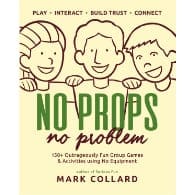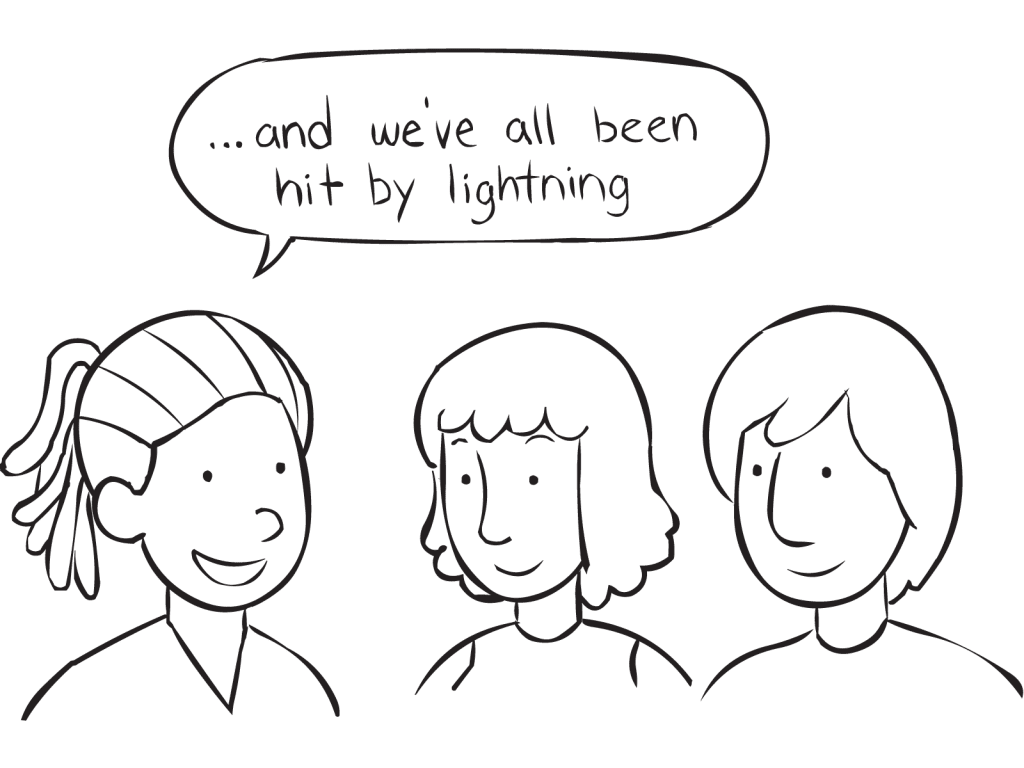Step-by-Step Instructions
Video Tutorial Premium
How To Play Narrative Premium
Practical Leadership Tips Premium
Social-Emotional Learning Premium
Health & Wellness Programming Premium
Popular Variations Premium
Virtual Adaptation Premium
You Might Also Like... Premium
Useful Framing Ideas Premium
Reflection Tips & Strategies Premium
Program Templates Premium
Source Premium

No Props No Problem
Brand NEW book featuring 150+ outrageously fun group games & activities. Scan QR codes to connect to tons of digital content including video tutorials.
Add to CartNew – TRY BEFORE YOU BUY
NEW – Latest Posts
Free eBook:
Top Ten Icebreakers & Group Games
Top Ten Icebreakers & Group Games
Download our free 28-page ebook jam-packed with outrageously fun activity ideas.

Wow, you’ve been busy!
You can open 1 more
activity for free.
Limit resets every 24 hours
or click below to get unlimited access.








Nice variation on Two Truths and a Lie for those who know it or known in the Variation section as Individual Challenge.
Love the group aspect and the sharing the takes place before the game even begins.
I wonder if it would be possible to run the activity with the groups facing away from the speaker, so all the clues are given without seeing the speaker. In that way, the resulting decision might be different as the groups guessing would not be able to use any visual clues aspects from the speaker before guessing. The group would guess.. and then the group would get to see the speaker repeat their answers and see if their answer would change based on what they now observed. That could be challenging and if the answers do change, it could be a great demonstration of how much we rely on visual clues as part of our communication.
David, I think you could certainly lead the activity as you suggest – with people facing away from the group – but I’d personally be concerned about losing the vision of their possible reactions. For me, one of the joys of this game is to witness how well the individuals can hold their ‘poker-face.’